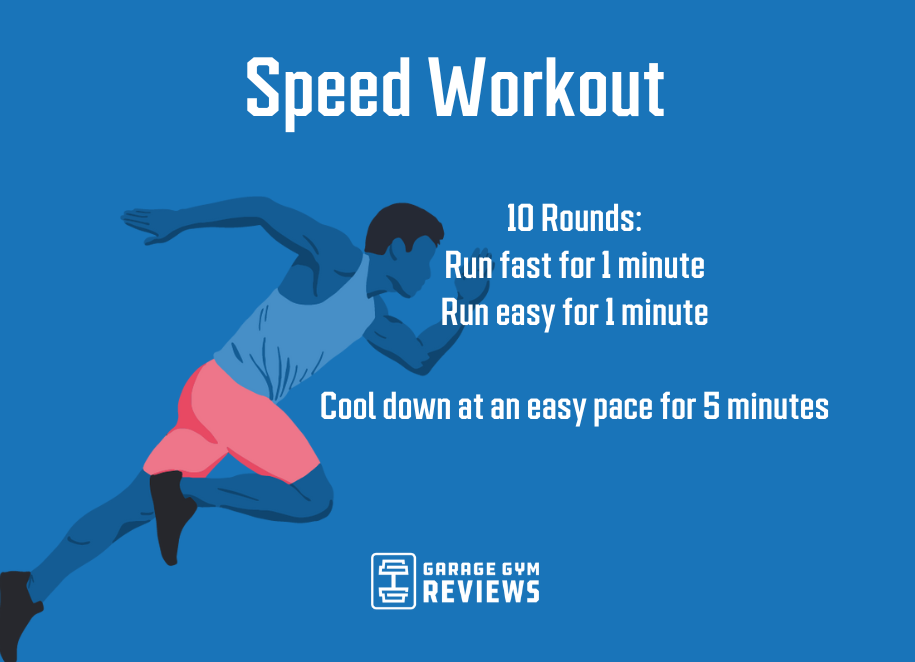Enhance Your Running Workout: Specialist Strategies Revealed
Enhance Your Running Workout: Specialist Strategies Revealed
Blog Article
Overcoming Discomfort in Running: Techniques and Techniques That Work
Pain is a common friend for many runners, frequently acting as an obstacle to accomplishing their desired goals. However, with the right techniques and techniques, it is possible to get over and even prevent the discomfort related to running. By checking out numerous strategies such as understanding the various kinds of running discomfort, maximizing footwear and form, incorporating cross-training and stamina exercises, applying reliable recovery methods, and keeping correct nourishment and hydration, runners can potentially alleviate their pain and boost their general running experience.
Comprehending Various Sorts Of Running Discomfort

Another sort of running discomfort is joint pain, which can show up as a sharp or achy discomfort in areas such as the knees, hips, or ankles (running workout). Joint pain might be triggered by factors like incorrect running kind, overuse, or underlying problems like joint inflammation (get the real info). It is essential to separate in between muscular tissue discomfort and joint pain, as the latter may call for medical attention to avoid more injury
Understanding the various kinds of running pain is essential for reliable management and prevention methods to guarantee a risk-free and pleasurable running experience.
Appropriate Shoes and Running Form
To maximize efficiency and reduce the threat of running-related injuries, selecting ideal footwear and preserving appropriate running kind are important parts for runners of all degrees. It is recommended to select running footwear that are particularly designed for the person's foot type, running stride, and the kind of running task they engage in.

Cross-Training and Strength Exercises
Toughness workouts, like squats, lunges, and core exercises, play a vital duty in supporting muscles and boosting running efficiency. They can correct muscle mass discrepancies, boost dexterity, and enhance power outcome, all of which are necessary for running performance.
Incorporating cross-training and toughness exercises right into a running regimen should be done tactically. It is essential to enable appropriate rest between running sessions and cross-training tasks to protect against overuse injuries. Additionally, concentrating on proper type and strategy during toughness exercises is key to maximizing their advantages and lowering the danger of injury. By incorporating these components right into a running regimen, joggers can construct a more powerful foundation, boost performance, and delight in an extra sustainable running experience.
Healing and Relax Strategies
Having developed the value of cross-training and strength exercises in a comprehensive running regimen, focus can now be guided in the direction of Recuperation and Relax Methods as integral elements for maximizing performance and minimizing the danger of injuries. (running workout)
Healing after running is crucial for muscle repair and growth. Strategies such as foam rolling, stretching, and massage therapy aid in minimizing muscle mass discomfort and enhancing versatility. Sufficient remainder between runs permits the body to recuperate and adjust to the physical stress, avoiding overuse injuries.
Integrating energetic healing days right into a training routine, where low-intensity activities like walking or biking are done, can boost blood flow and promote healing without placing excess pressure on the muscles. Furthermore, appropriate hydration and nourishment play an important function in the healing procedure by restoring shed liquids and nutrients.
Quality sleep is one more important element of recuperation that need to not be ignored. Throughout rest, the body undergoes repair service and regeneration processes, adding to total physical and mental health. By focusing on healing and rest strategies, runners can maintain optimal efficiency levels and minimize the likelihood of experiencing discomfort or injuries.
Nourishment and Hydration for Runners
How can joggers optimize their performance with correct nourishment and hydration methods? Nutrition and hydration are essential aspects of a jogger's training routine, playing an essential role in efficiency, endurance, and healing. To enhance efficiency, joggers need to concentrate on eating a healthy diet regimen that includes carbs, proteins, healthy and balanced fats, vitamins, and minerals. Carbs give power for running, while proteins help in muscular tissue repair work and recovery. Healthy fats sustain total health and wellness and aid in absorbing essential nutrients. Appropriate hydration is additionally important to keep ideal efficiency, as also mild dehydration can negatively influence running efficiency. Runners should consume water before, during, and after their go to stay hydrated. Electrolytes, such as sodium and potassium, are likewise crucial for keeping fluid equilibrium and muscular tissue function - running strategy. Additionally, timing dishes and treats suitably prior to runs can aid prevent stomach pain and supply the necessary power for peak performance. By taking notice of their nutrition and hydration, joggers can enhance their endurance, quicken healing, and do at their finest.
Conclusion
In final thought, by understanding the different kinds of running pain, using correct shoes, preserving correct running kind, incorporating cross-training and stamina workouts, prioritizing recovery and rest, and concentrating on nourishment and hydration, joggers can successfully conquer Click This Link discomfort and boost their efficiency. Executing these methods and strategies can assist joggers prevent injuries, boost their endurance, and eventually enjoy a more satisfying running experience.
Report this page